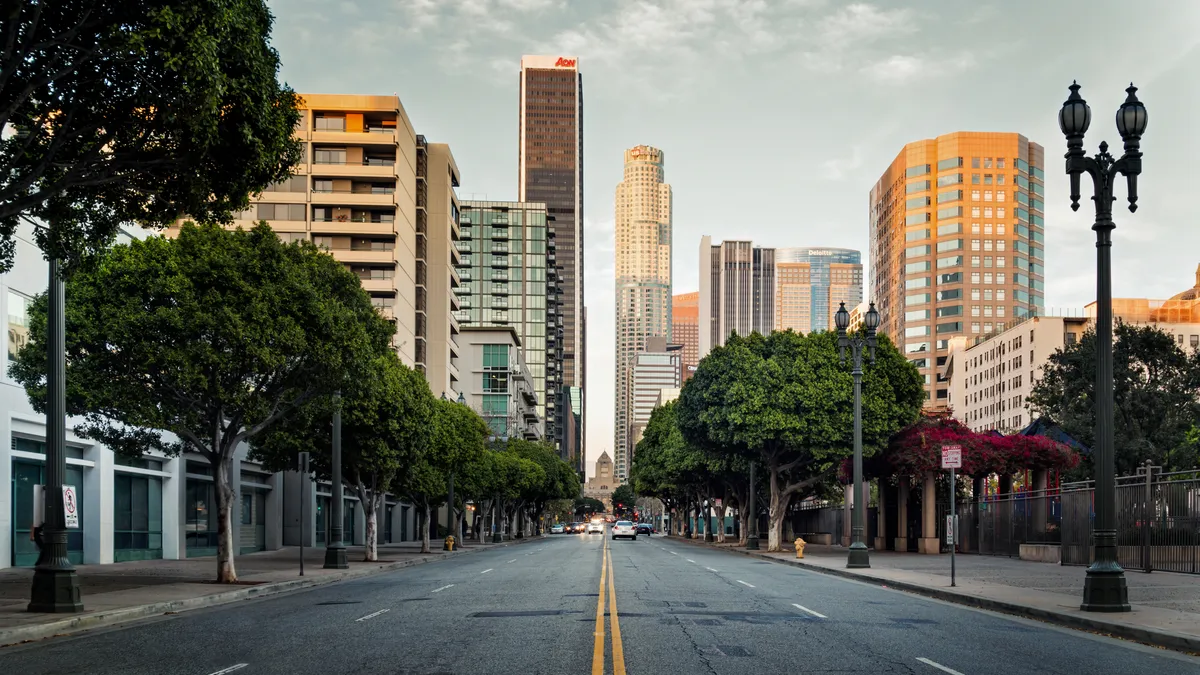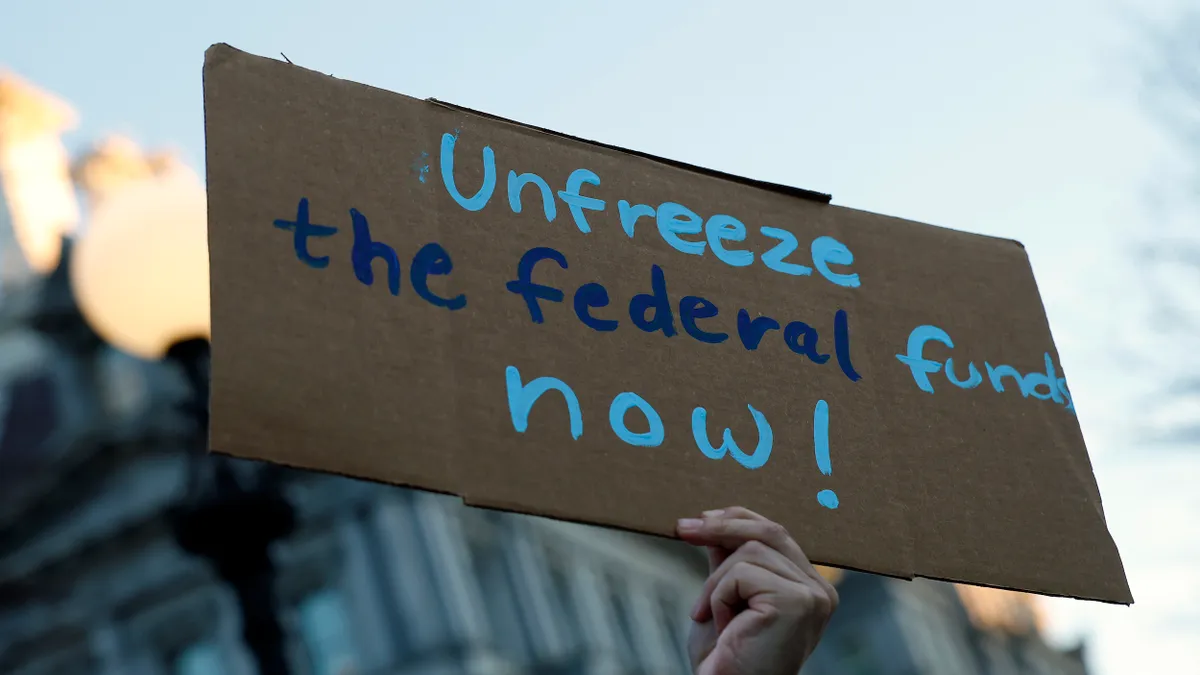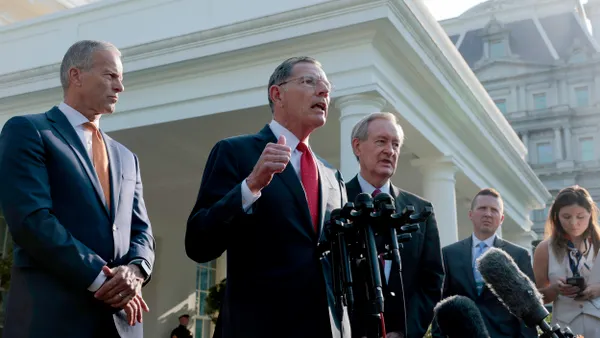“Park blocks” are coming to Los Angeles after the City Council voted in June to pilot the concept of rerouting traffic in one neighborhood to reclaim blocks of some streets as public spaces free from motor vehicles.
“This has been coming for a long, long time. The current status quo in LA is non-sustainable — the car-centric, dirty, polluted city we’ve been known for,” said City Councilmember Kevin de León, who last year proposed the creation of a park block in his district, Council District 14, which will be home to the city’s first such space.
Los Angeles has seen the nation’s worst air quality for 11 years running, de León said, with over 2,000 Angelenos dying prematurely each year due to poor air quality.
Park blocks can be tailored to communities’ needs, with features such as bike lanes and wider sidewalks, de León said. They can also provide “substantial shade, outdoor recreation, greening and storm water capture in communities desperate for parks,” according to a report by the Los Angeles City Council Transportation Committee.
The pilot is based on a program in Barcelona, which experimented with park blocks in 2016 in an effort to reduce traffic deaths, noise and air pollution. The “Superilla,” or superblock, program reconfigured vehicle circulation to prevent traffic from cutting through residential neighborhoods, reclaiming up to 70% of street surface area and intersections as public space, according to the Transportation Committee report.
The program successfully reduced noise and air pollution, and residents began spending more time outside in their neighborhoods, the report says. Roads on the edges of park blocks didn’t see meaningful upticks in traffic.
Now, Los Angeles has the opportunity to become a U.S. leader by designing a similar program, the report says.
Equity will be a focus of the program in Council District 14, which has a large Latino population and high proportion of low-income households, de León said. “The park blocks program emphasizes a participatory approach,” he said. “It allows residents to have a say in the design and implementation of the program in their neighborhoods.”
The city’s next step will be community meetings with residents and businesses.
“It’s not an either/or — to have walkability, you [don’t] have to destroy businesses,” said de León, referring to objections local businesses often make when lanes or streets are closed to motor vehicles. “We have been given this false narrative for years.”
“We’re so car-centric. Taking away parts of the street [for] pedestrian traffic is going to alarm some people,” said Pete Brown, de León’s communications director. “Some locations may not be feasible in our district. In Downtown LA, the traffic issues are more complex.”
Potential costs have not yet been estimated, but the Transportation Committee report recommends that, “Given the limited resources for initial pilots, priority areas should be chosen among communities who have the least access to public space, highest health disparities, high population densities and the desire to participate in the program.”
De León has high hopes, however, that “If we could get it done right, it could be a model for many other parts of the city.”










